The F-Word. Fidelity & Why it May Be a Fallacy for EL InstructionBuzzwords in education are like mosquitos. They are here for a while and during that time they become very annoying. Lately, many educators are hearing one certain F word frequently in regard to programs and curriculum.
FIDELITY I have fond memories of cuddling up next to my tata (Serbian for daddy) before bedtime and listening anxiously as he told stories he remembered or even ones he made up. As an immigrant family from the former Yugoslavia, we brought little with us when we came to America. Books were heavy and did not make the journey. Storytelling, however, was a cherished time in our home. My favorite story was Hansel and Gretel.
**a version of this blog post was first published on BookBuzz.
This brief post lists 13 instructional practices that reduce the love and motivation for reading in students and then 13 ways to inspire and motivate them.
In contrast, here are 13 ways to help students find love, joy, and excitement in reading. This article was first published on 6/8/2018 and updated on 8/21/2021. When I first saw the graphics below that showed the diversity represented in children's books, I was stunned and appalled. You can learn more about the article here. The statistics were alarming. They reported that the majority of main characters depicted in children's books are either White or Animals/Objects. Seeing these graphics and reading about the study led me to take an audit of my own books and resources. I started by sorting out my books. I made stacks. And honestly, I was shocked and saddened that my bookshelf truly was not as diverse as I imagined. It certainly did not parallel the demographics on my campus either. This prompted action. Students benefit from seeing themselves and others in the books they read. Why? For one, because seeing ourselves outside of ourselves makes us feel visible. In this video, Rene Watson, an author and educator, shares how important it is for students to read about about characters that are like them and share similar experiences. Rudine Sims-Bishop calls these books mirrors. On the other hand, readers also need to read about a wide variety of people and experiences. Sims-Bishop calls these windows. Reading about other's lives helps us to find connections and build community. Dr. Brene Brown says, "We are hardwired for connection and without it there is suffering." We also gain much knowledge and learn empathy from seeing others in the books we read. So why aren't our shelves filled with books that have diverse characters? If you've ever questioned why your students aren't interested in the books on your shelves, you might stop to think about the types of books that are there. Do they represent your students? Can the kids connect with them? I also learned about a non-profit organization called We Need Diverse Books. Check it out. They share a lot of information including lists of diverse books. In my quest for making my shelf more diverse, I have found some great books. I'll keep adding to this and if you have suggestions, please comment and include a picture if you can. If you like what you read and would like to read more like this, you may enjoy the book Reading & Writing with English Learners: A Framework for K-5 by Valentina Gonzalez and Dr. Melinda Miller.
For several years I taught on a campus that had an ESL program. We had students from around the globe. Families literally sought out our school before signing a lease or purchasing a home because they wanted to be sure their kids would be zoned to our campus. Our program was well known for the success we had with multilingual children.
On May 11, I had the honor to sit in a virtual room with THE Regie Routman about teaching readers NOT teaching reading. Yes, we carefully thought that out because we both believe the center of instruction should be around children always. I'm delighted to share this conversation with you.
A lot of the work I do centers around literacy and ELs. The goal of this post is to help you quickly & easily find what you're looking for as a reading teacher of ELs.
If you teach reading you have probably heard of the “Reading Wars”. And if you haven’t, then perhaps you don’t even need to read any further. For those that have, you might feel confused. I, for example, question why we have to “be at war” with colleagues or pick a side. I don’t want to be at war or pick a side. But the tension on Twitter and Facebook is real.
In essence the debate is about how best to teach reading to students. But many educators wonder if we can believe in both balanced literacy and the science of reading? If you'd like to watch the free, brief webinars that Tan Huynh and I did on Reading and Writing with ELs during Distance Learning, they are available on this website along with the presentation slides. Stay well friends. Pivoting instruction to meet the needs of students and families has been a challenge for teachers across the world since the COVID-19 pandemic. But through collaboration and continued support, we are working together to serve students. Thank you all for everything you are doing to ensure that ELs are receiving the support they need.
Do you remember when you were in school and your teacher said it was time for read aloud? I don't know about you, but for me, that was a joyous time. It was a time for my imagination to soar. I could take the words that were flowing so eloquently from her mouth and create a movie in my mind. I loved it.
As a classroom teacher, reading aloud to my own students became my favorite thing to do (maybe because it was magical for me as a child). I wanted to share that experience with them. But I also wanted to lift the level of learning a notch. Rather than this time being only a time for input, I was hoping to create some opportunities for output as well. ENTER Interactive Read Alouds! When I was in elementary school, I was an English learner. I remember vividly sitting in reading block with a book. Peering over it to see what everyone else was doing. I used the book as a shield to cover myself so no one would notice that I was lost in DEAR time or sustained silent reading. I couldn't read the book that was in my hands, but I could certainly look like it. I knew how to pretend I was reading. I observed what everyone else was doing and I played along.
For many English learners this is the experience with independent reading. We know that reading is the best way to become a stronger reader. But for English learners this period of the day can be a waste if support is not provided by the teacher. As teachers, one of our goals is to foster a LOVE of reading in our students. We want them to leave our classrooms WANTING to read for pleasure. We want them to pick up books on their own. We want them to carry a book around where ever they go and read it in their free time.
In order to achieve these high expectations, we have to create an environment, a happy place, to read willingly in our classrooms. Our classrooms have to say, "Hey, come in here, grab a book and snuggle up." The question is, how do we do that? As a co-teacher, you might wonder how co-teaching fits in with the components of literacy. Or you might be a main stream (general education) teacher that has a co-teacher and you wonder how to best utilize two teachers in the room during reading and writing instruction. Many ESL teachers co-teach in classrooms during reading and writing blocks. It's important to know which co-teaching approaches fit best with each component of literacy instruction.
GLAD Strategy: Cooperative Strip Paragraph
What is the cooperative strip paragraph? The Cooperative Strip Paragraph is by far one of my favorite GLAD (Guided Language Acquisition Design) strategies because it promotes cooperative learning, reading and writing in all content areas. BAM! I first learned about it several years ago when I went through GLAD training. I used to be a certified GLAD trainer for my district (but we let our certification expire). The great thing is that even if your certification expires, the knowledge you've gained never does! Anyhow, I instantly fell in love with Cooperative Strip Paragraphs after using them with my own students. What I love most about CSP is that it allows my students to process their learning while they write in cooperative groups, practice reading at their own readability level, and go through the steps of revising and editing in an authentic way using a shared piece of work. And the fact that CSP can be used in any content area K-12 is an additional BONUS!
A huge part of balanced literacy and a workshop setting is conferring with students. Conferring allows for maximum differentiation to meet specific instructional needs for students. But when we serve students who are also learning English, there is a need to accommodate the way we confer. After years of conferring with ELLs and tons of reading in the field, here are my tips for conferring with ELLs.
This is a post I wrote for Tan's Blog. It was shared on EmpoweringELLs in May 2017.
When I stop to reflect on what is BEST practice for my elementary ELLs in reading, writing, listening, and speaking, the answer comes to me quite clearly…the workshop model. Why? What I know about the needs of my ELLs is that they require explicit instruction, modeling, guidance, routine, and practice. Here’s how the reading and writing workshop models promote progress for ELLs in listening, speaking, reading and writing.
These supporting documents have been in high demand and are in various blog posts on this blog. So I decided to put them all in one post for easy access. This is a one stop shop where you can find the supporting documents to shelter instruction in the content areas. Please feel free to share them with your teacher colleagues as they are meant to help all educators and students. These supports are not just for English Language Learners. ALL learners who need extra help will benefit!
Do you remember when you were in school and your teacher said it was time for read aloud? I don't know about you, but for me, that was a joyous time. It was a time for my imagination to soar. I could take the words that were flowing so eloquently from her mouth and create a movie in my mind. I love it. As a classroom teacher, reading aloud to my own students became my favorite thing to do (maybe because it was magical for me as a child). I wanted to share that experience with them. But I also wanted to lift the level of learning a notch. Rather than this time being only for input, I was hoping to create some opportunities for output as well. ENTER Interactive Read Alouds! In a traditional read aloud, the experience is a one way street. The teacher reads and the students listen. There is no interaction, discussion, or time for students to express themselves during the read aloud. It's probably what I disliked most about read aloud when I was a kid. No one was allowed to talk while the teacher read. On the contrary, during an Interactive Read Aloud, the teacher provides ample opportunities for students to interact with the text. Students talk with a partner, act out parts of the book, draw a picture related to the reading, or respond in writing. The best Interactive Read Alouds are carefully pre-planned by the teacher. The teacher can stop to ask questions or have students respond at critical parts of the book when the planning is done ahead of time. The term interactive refers to the active learning that occurs while reading aloud high-quality literature. It characterizes the teacher and students having a conversation as they process the text together. It provides students an opportunity to extend their understandings through talk. This talk provides evidence of their thinking. (Fountas & Pinnell, 2001, 2011) In both cases, whether traditional read aloud or interactive, the teacher models proficient reading so students can hear what an expert reader sounds like and how a reader engages with text. The teacher also models thinking about the text. What is happening? What is the character doing and why? What am thinking now? Basically, students get to hear what happens in the reader's head. They are also able to experience a text that is at a higher level than they are capable of reading on their own. Steps to creating your own Interactive Read Aloud: •Select a book and a focus •Preread the book and think about your thinking •Select 3-7 vocabulary words or phrases to highlight •Make purposeful stopping points and note them in your book with a sticky note •Use gestures, eye contact, visuals and expression to support ELLs In this video, Linda Hoyt explicitly demonstrates with students how to talk to your Thinking Partner while she shares an Interactive Read Aloud on a nonfiction book. (5 minute clip) https://www.youtube.com/watch?v=qYoeVkf3s7E The value of a read aloud, whether it be interactive or not, cannot be underestimated. Children of all ages benefit from being read to regularly. I'm an advocate for daily! This TED Talk by Rebecca Bellingham speaks volumes about the benefit of reading aloud. If you have 9 1/2 minutes to spare, watch it and then share it with teachers and parents! We all need a reminder every now and then. Research has demonstrated that the most effective read-alouds are those in which children are actively involved asking and answering questions and making predictions rather than passively listening (Dickinson, 2001). 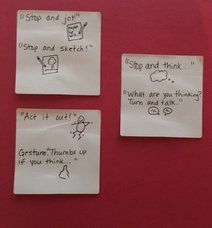 Resources: Calkins, L. (2015). Units of study for teaching reading. Portsmouth, NH: Heinemann. Hoyt, L. (2007). Interactive read-alouds. linking standards, fluency, and comprehension. Portsmouth, NH: First Hand Heinemann. I get it and I've been there myself. You have a lot of reading material to cover so you think Round Robin Reading (or Popcorn Reading) will do the trick. You want to make sure everyone reads it and stays on track. It seems really logical.
Round Robin Reading (RRR), for those that may need a definition, is when students read orally one at a time from the same text. Some say that this is the best way to get students to really despise reading. A variation of RRR is Popcorn Reading. It sounds like more fun--but don't be fooled. It's not. It's the same type of reading activity with the same negatives and benefits. In Popcorn Reading, the only difference is that students randomly and spontaneously call out a new student's name to be the next reader. Why you should DUMP Round Robin Reading... 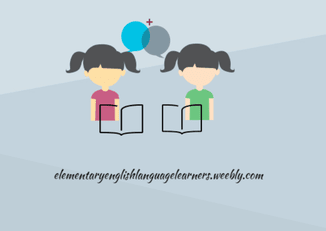 One of my favorite ways to let students practice reading for automaticity, fluency and expression is with Ear to Ear Reading. There are so many benefits to this easy to implement strategy! Because it is done in pairs (or triplets in rare cases) it lowers the affective filter for students and helps to build interdependence among students. |
Categories
All
|
||||||||||||||||||||||||
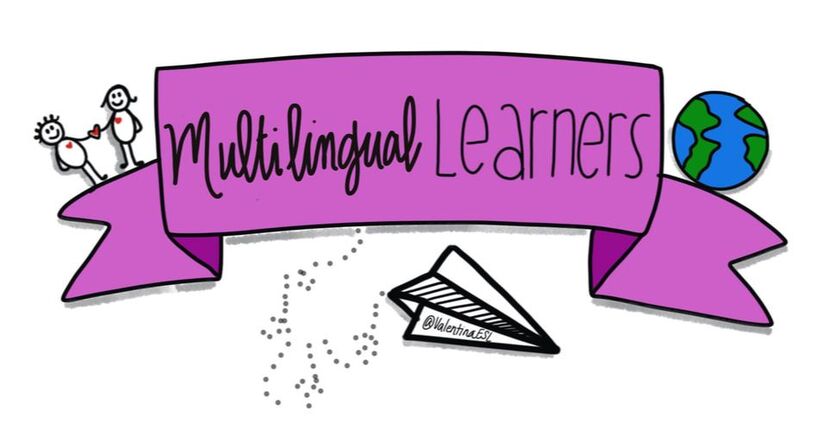
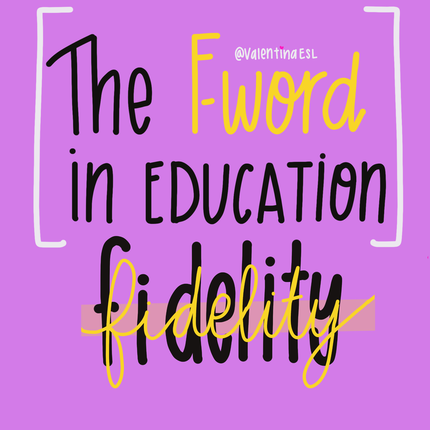
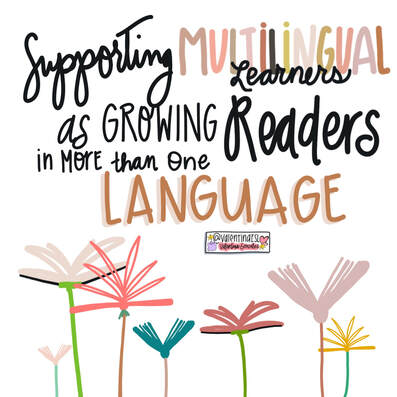
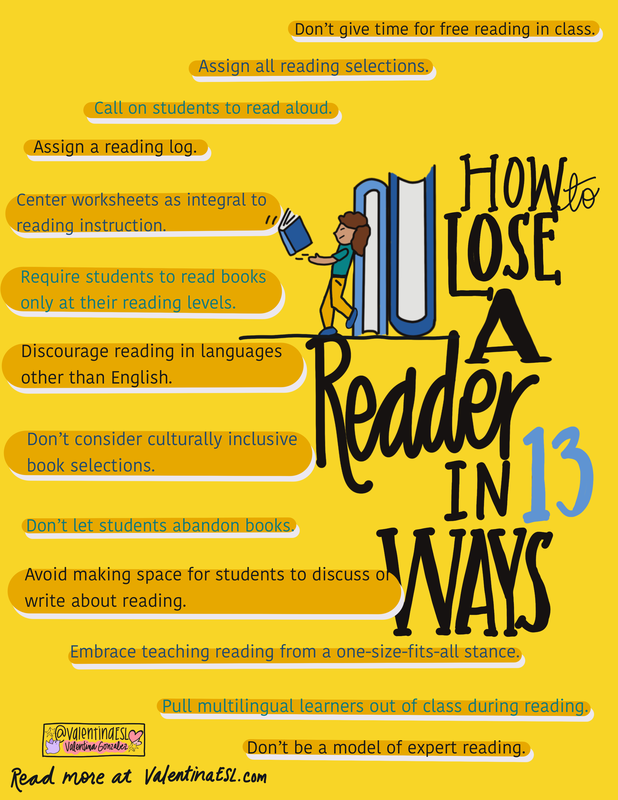

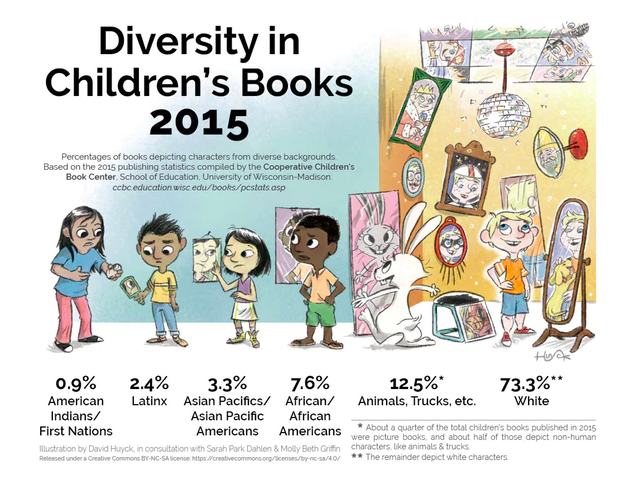
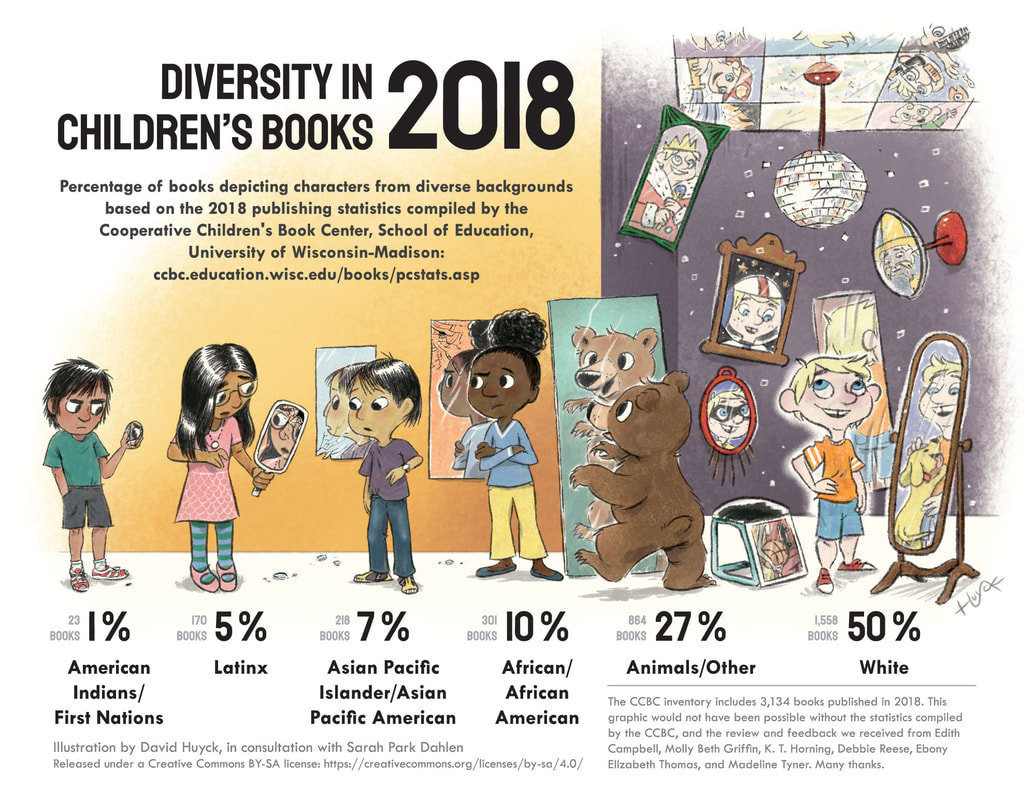
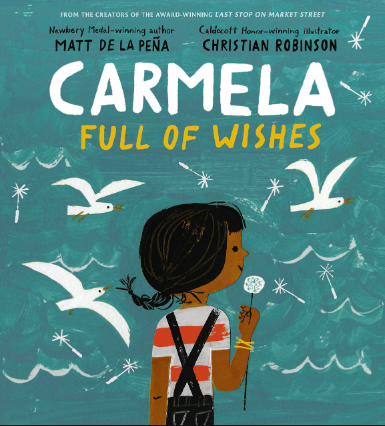

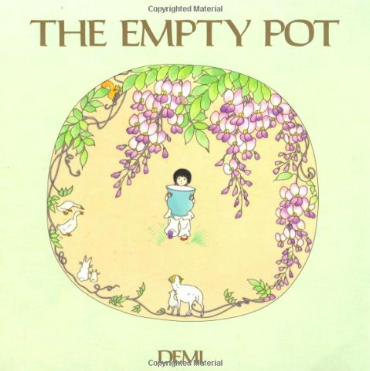
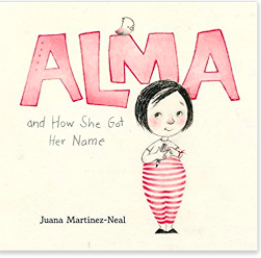
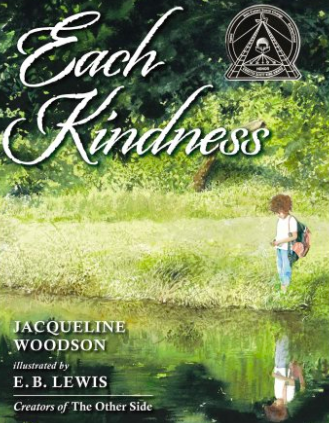
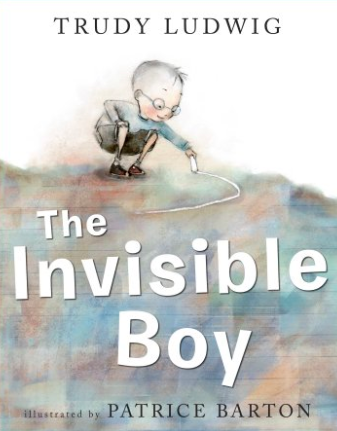
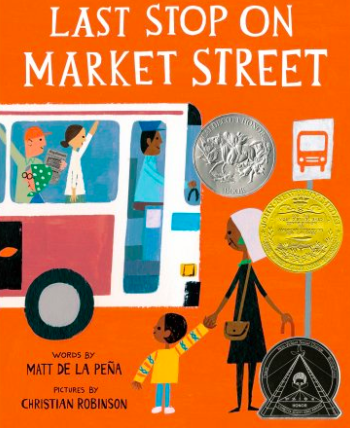

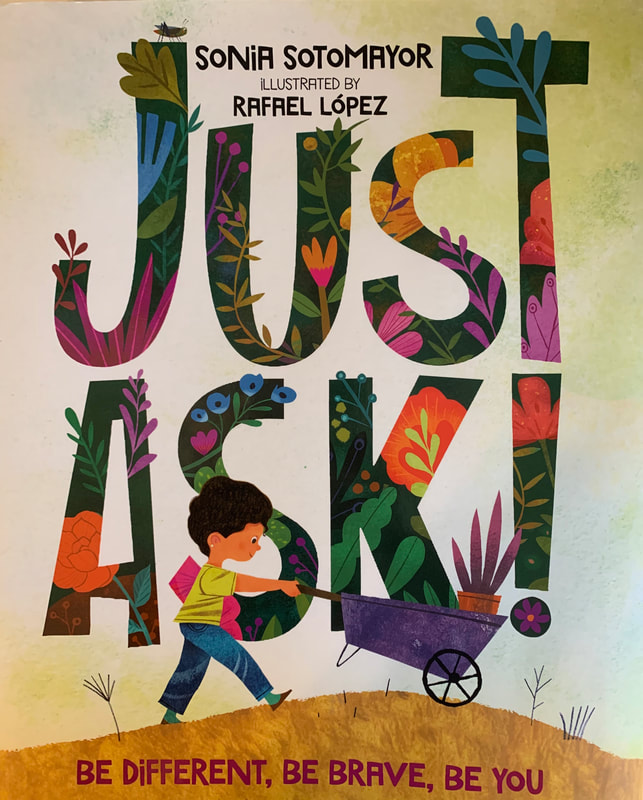
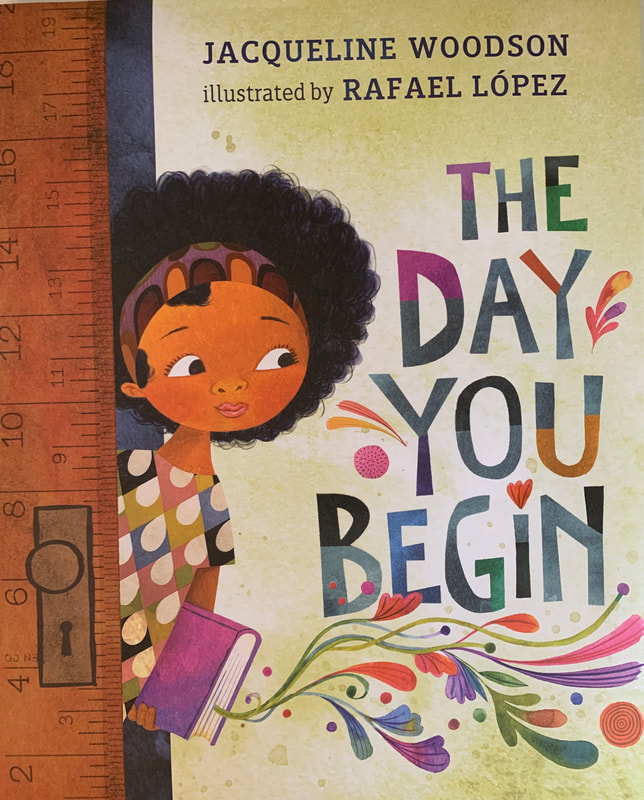
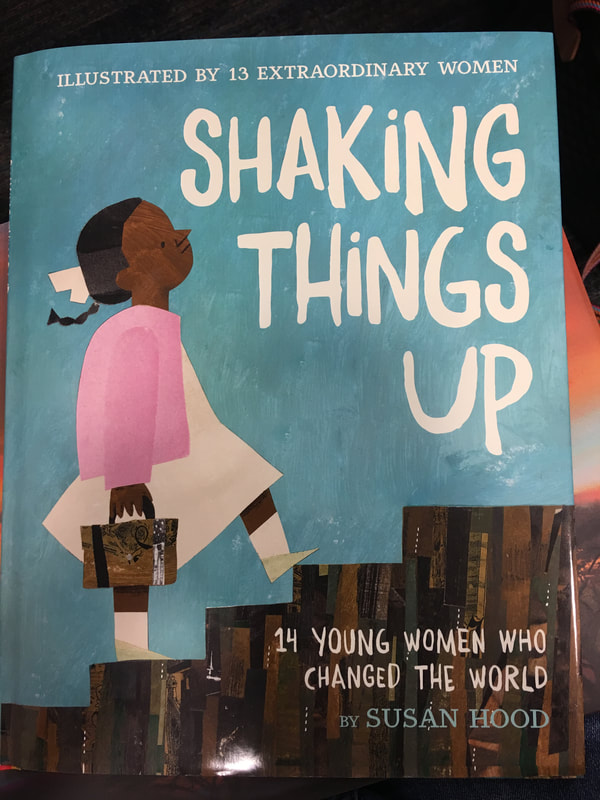
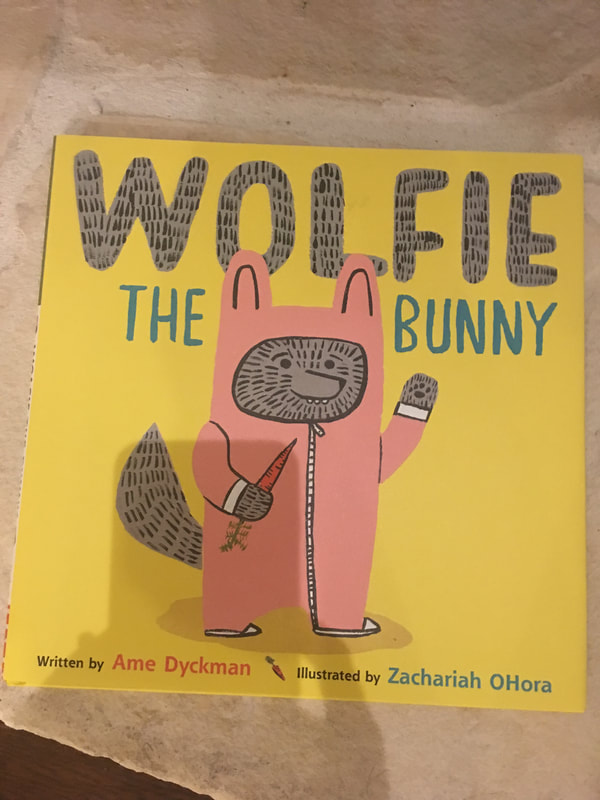

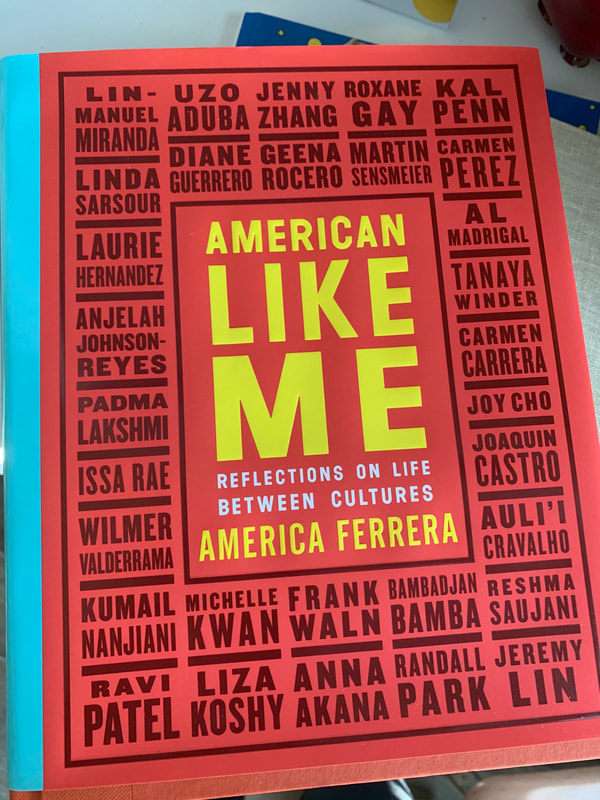
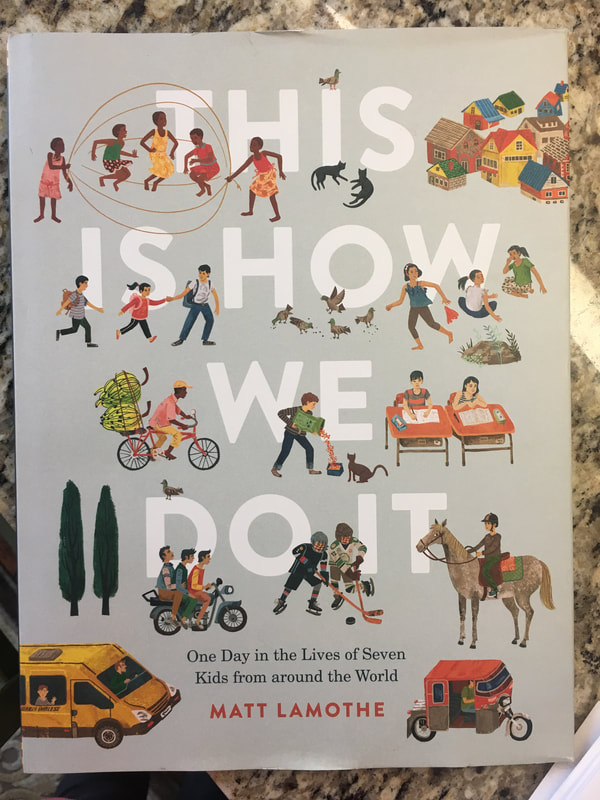
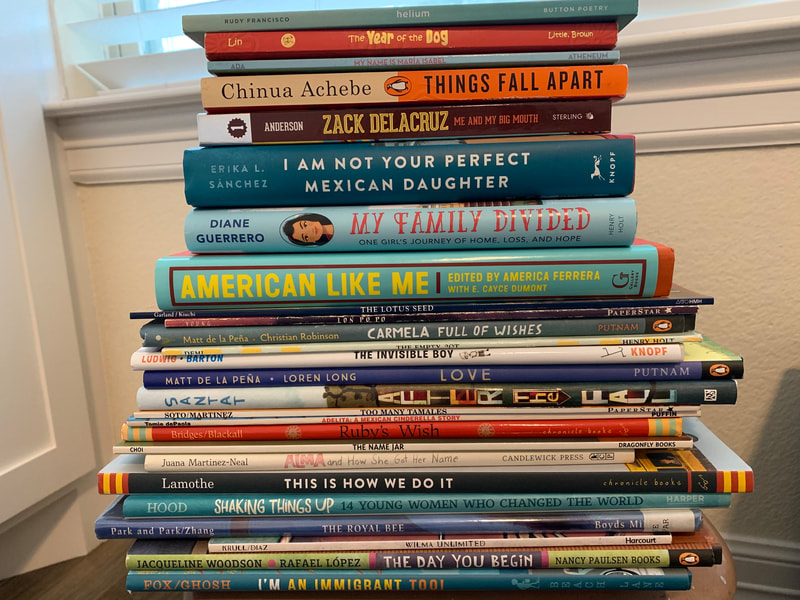
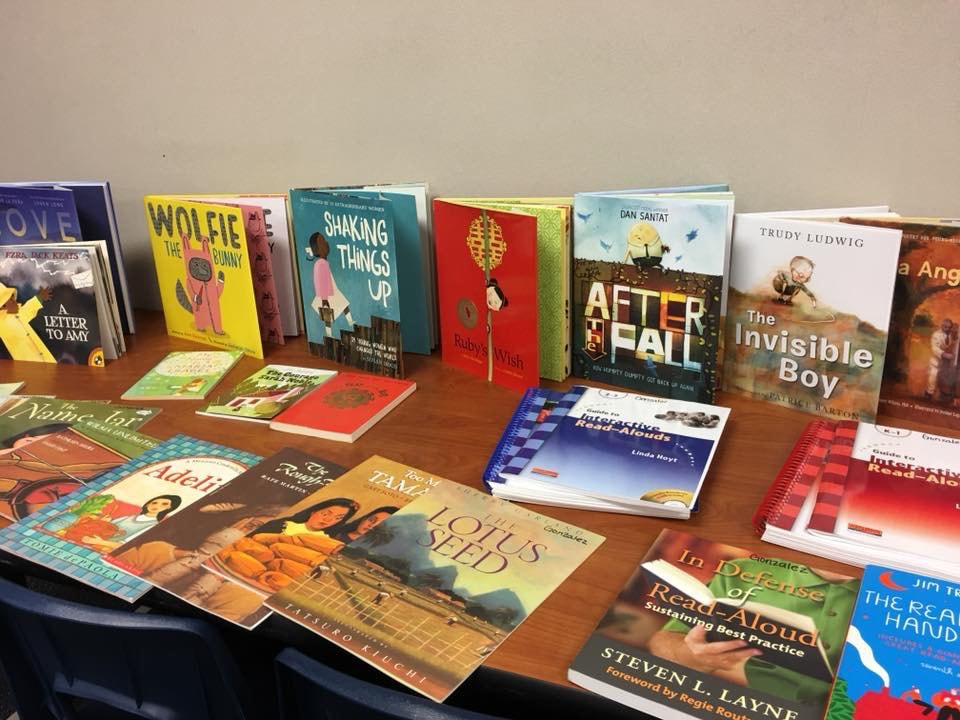

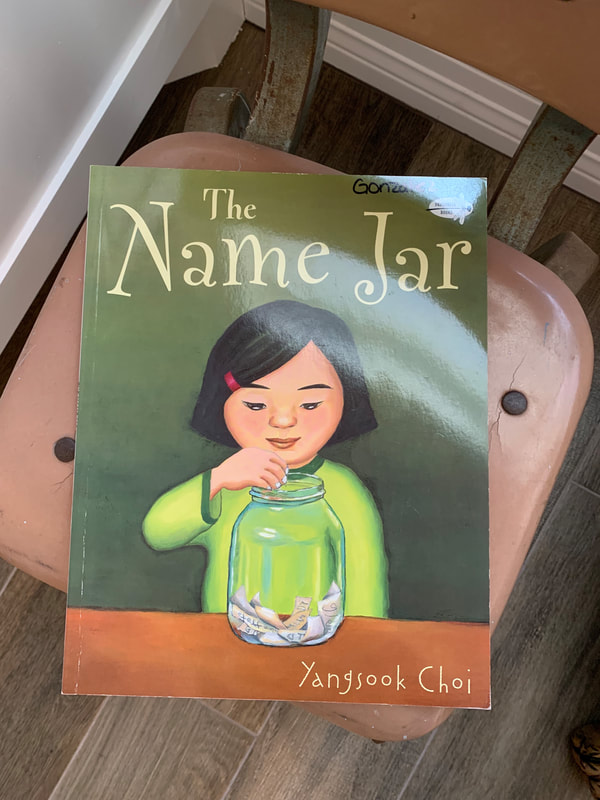
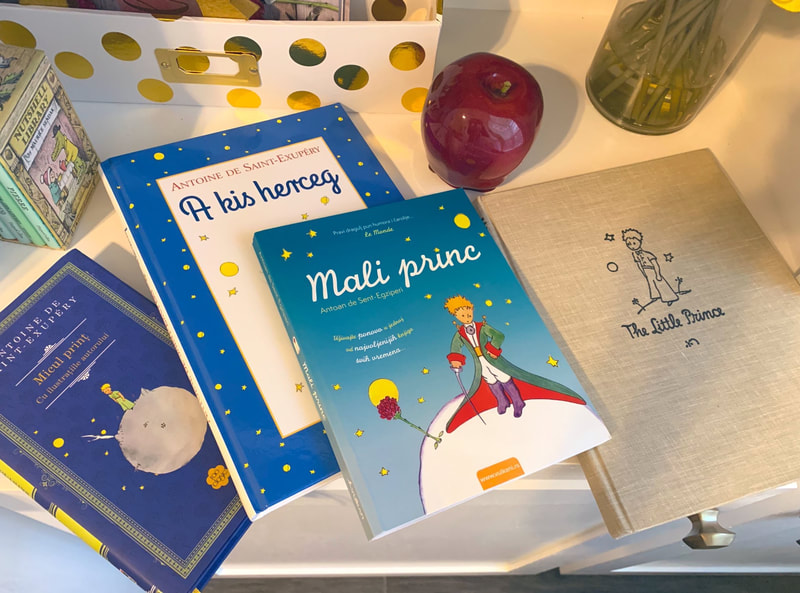
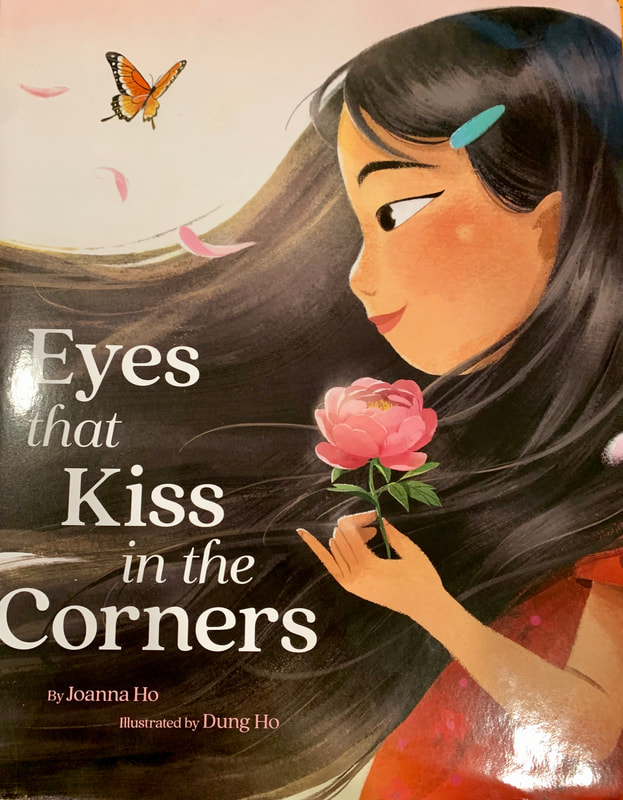
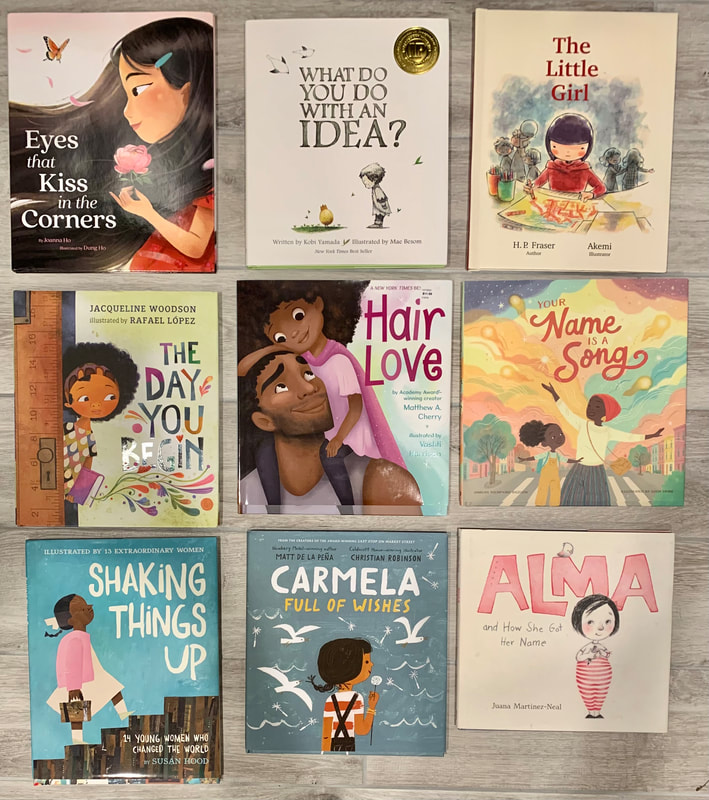
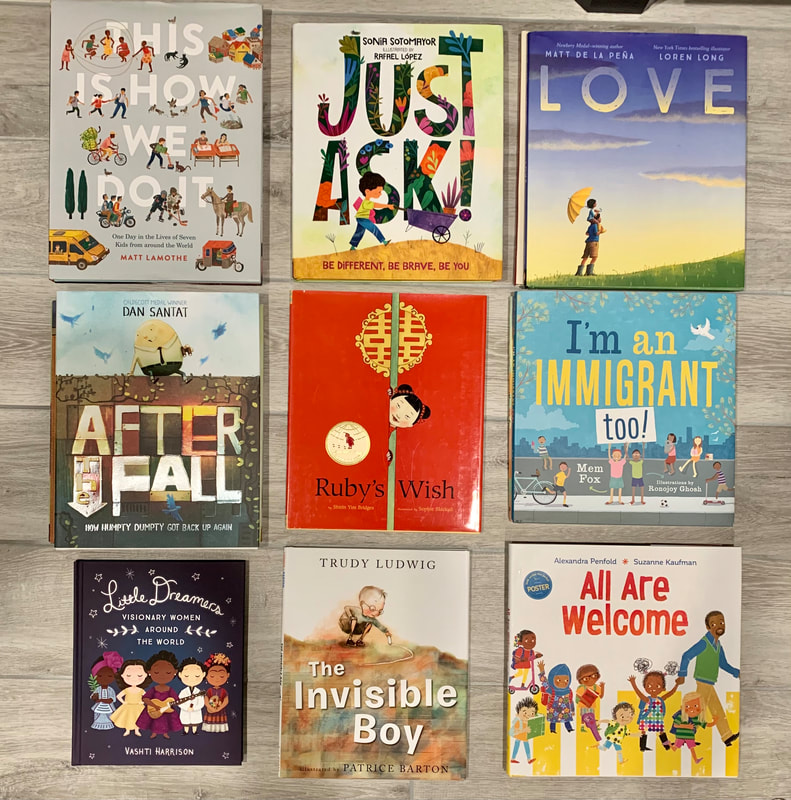

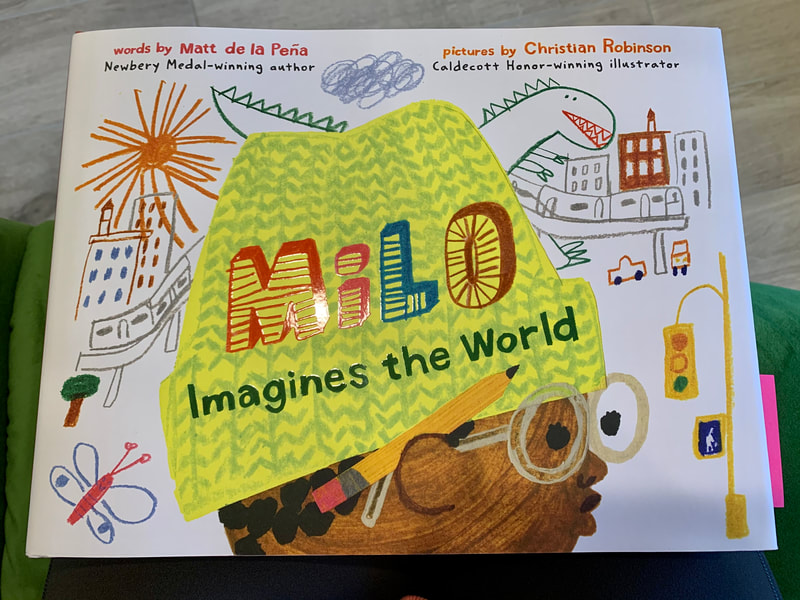
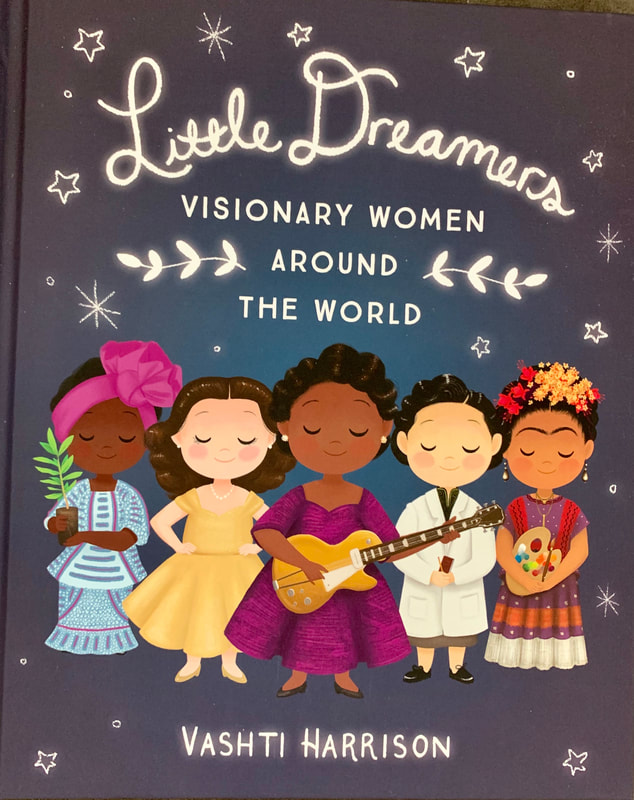
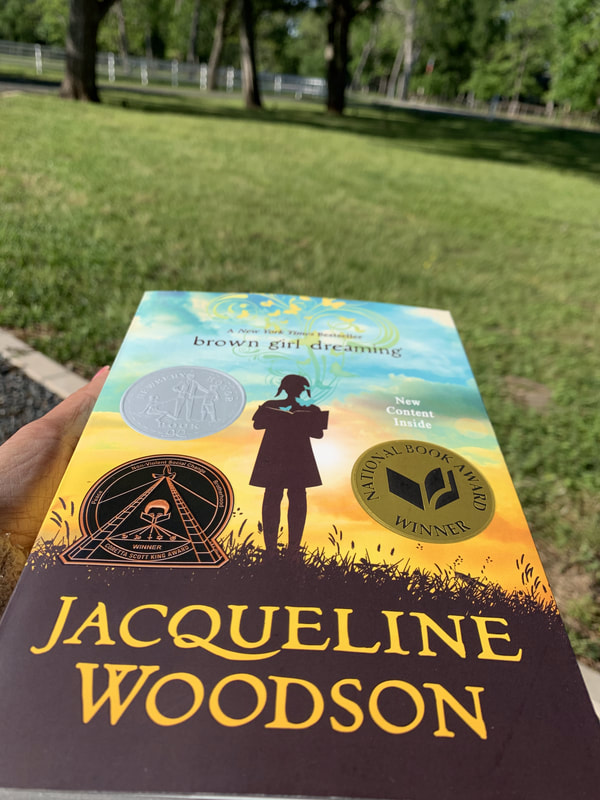
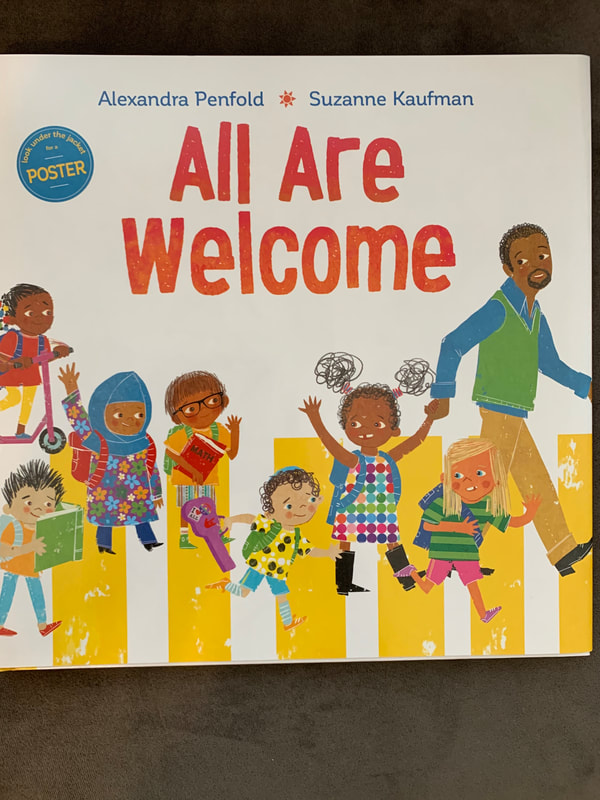
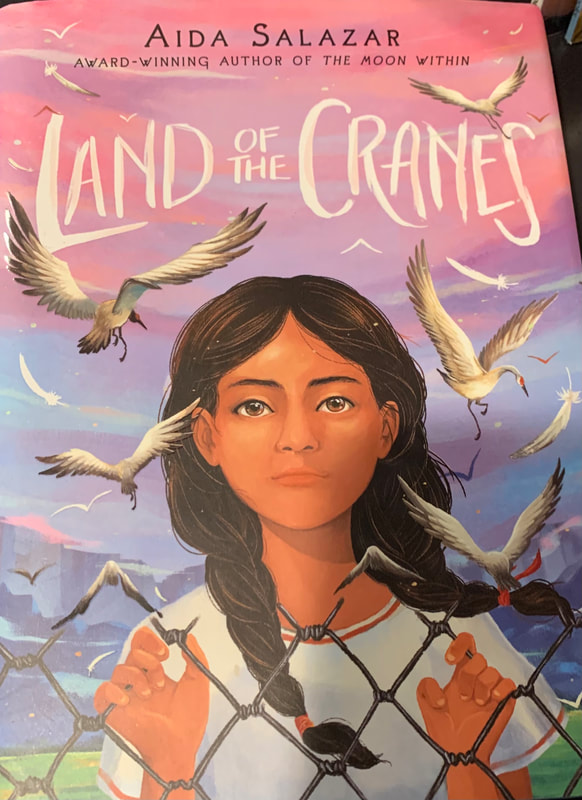
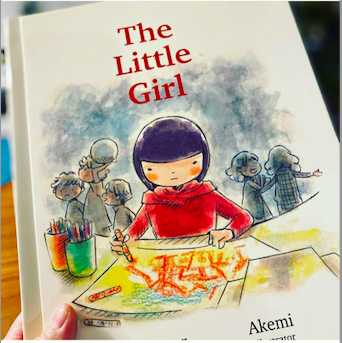
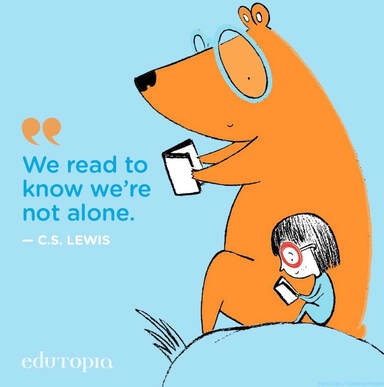
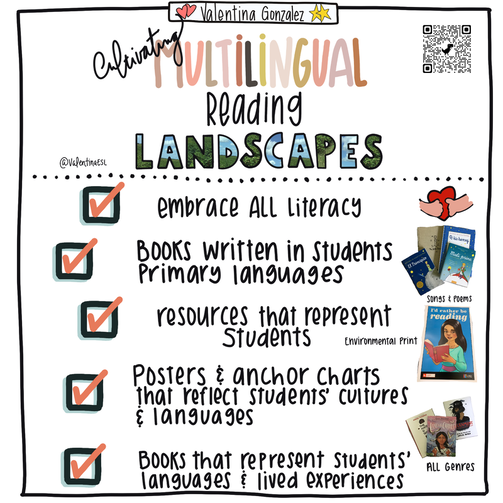
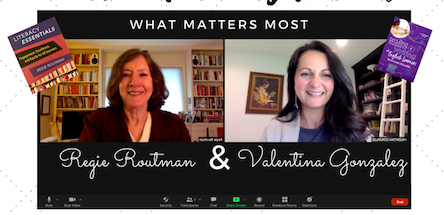
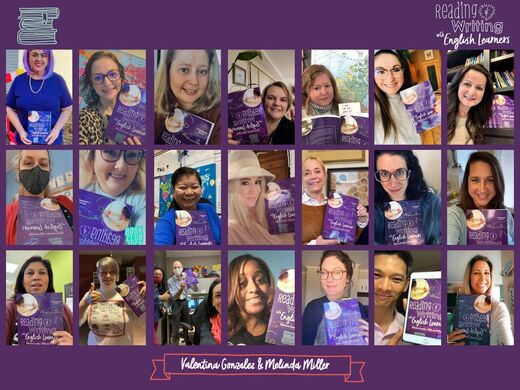
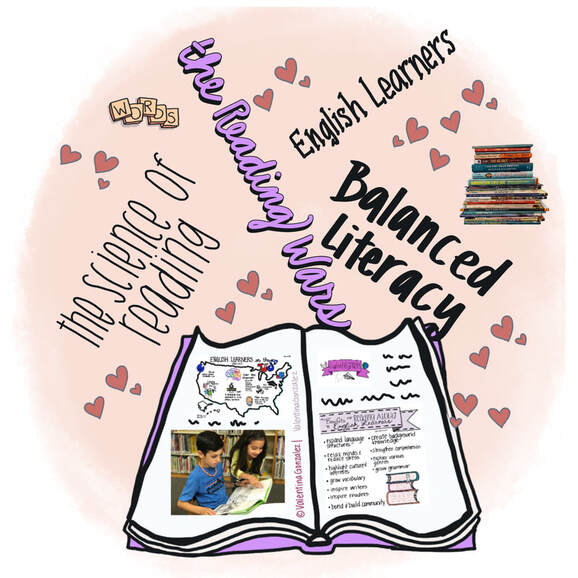
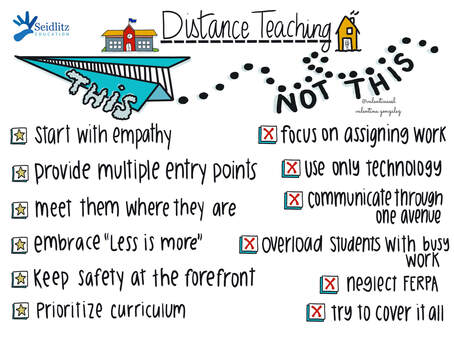
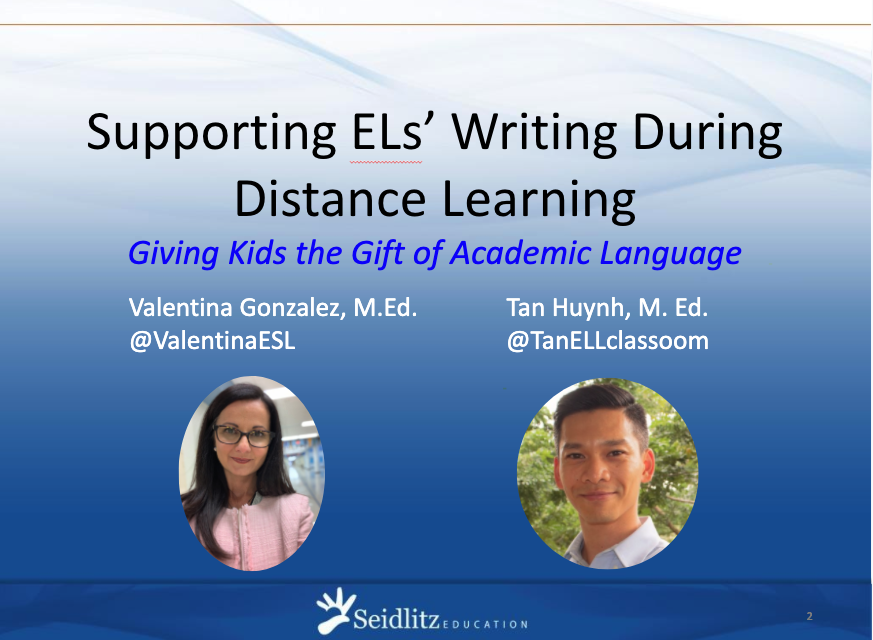


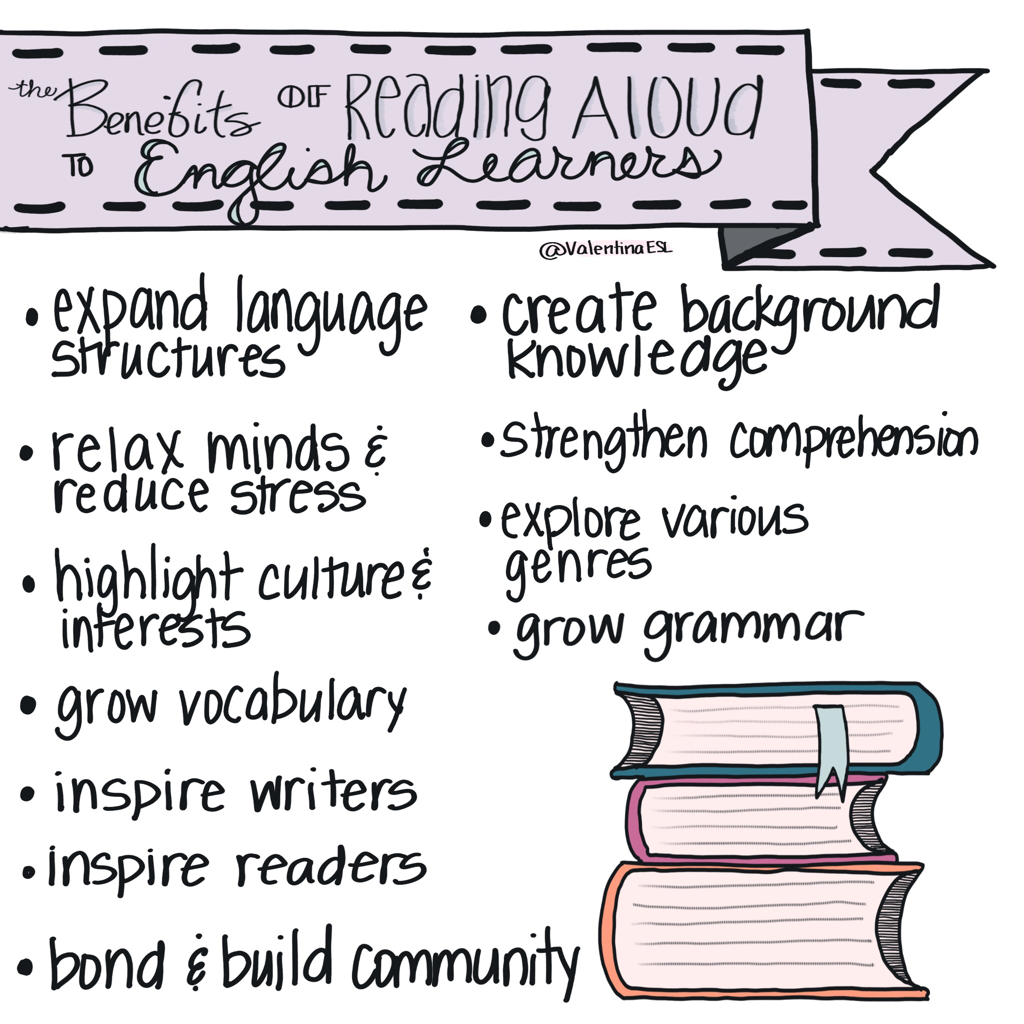
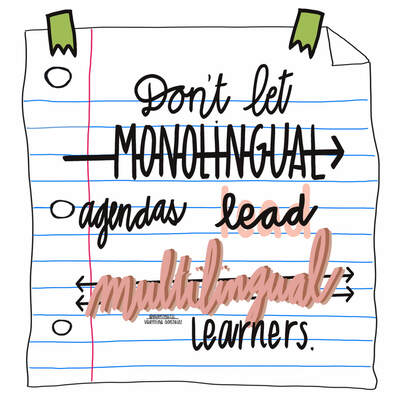
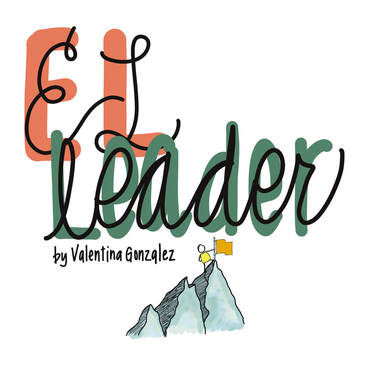
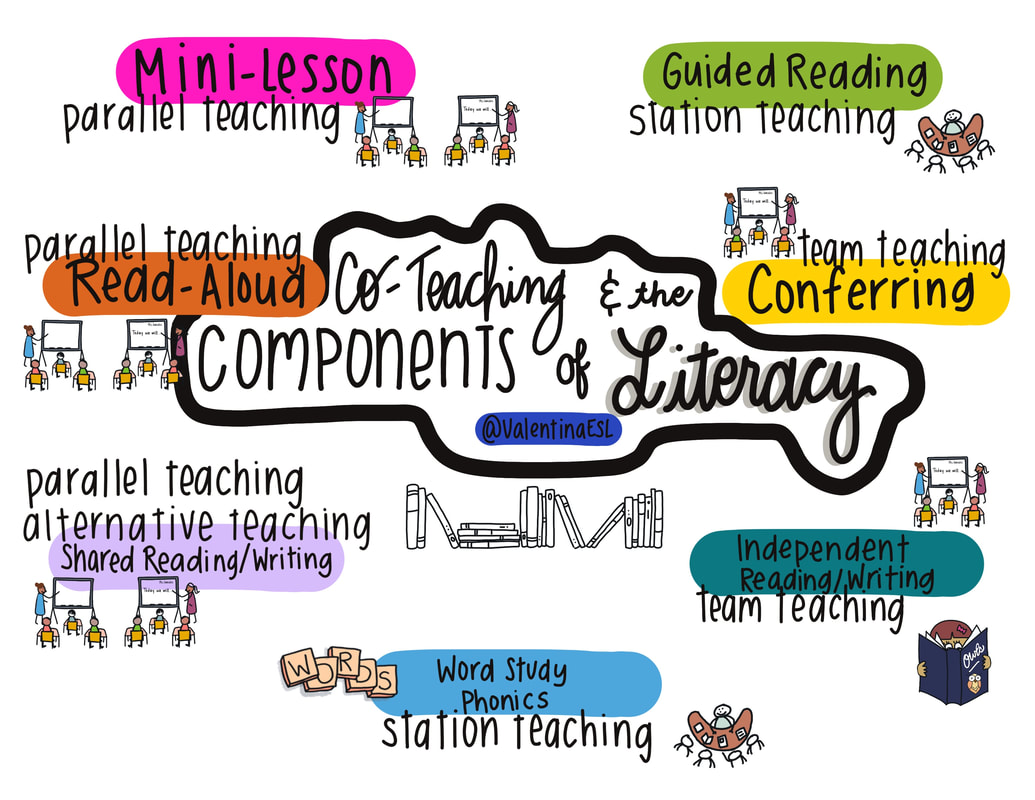
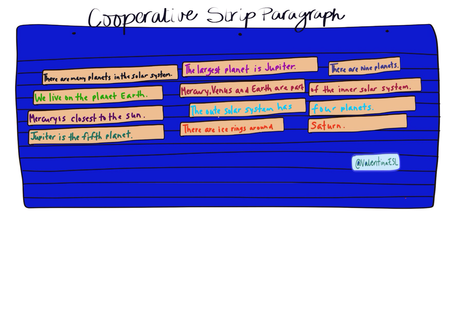
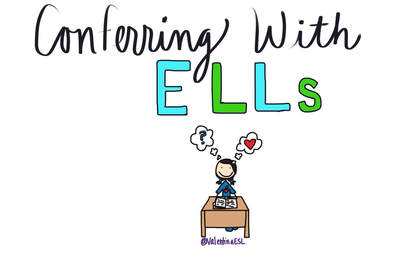
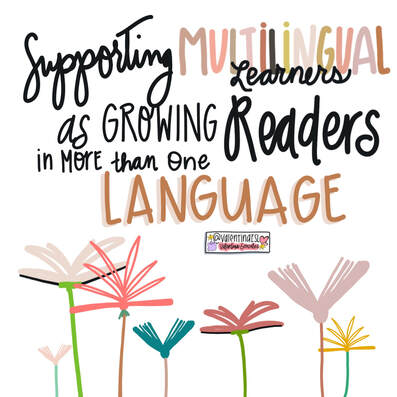
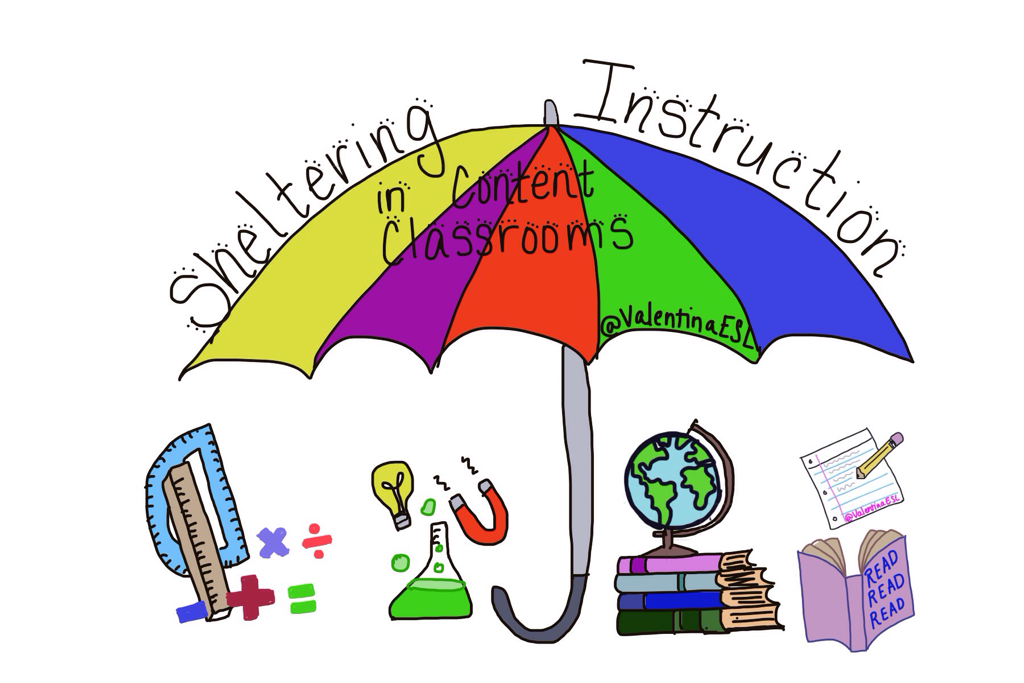
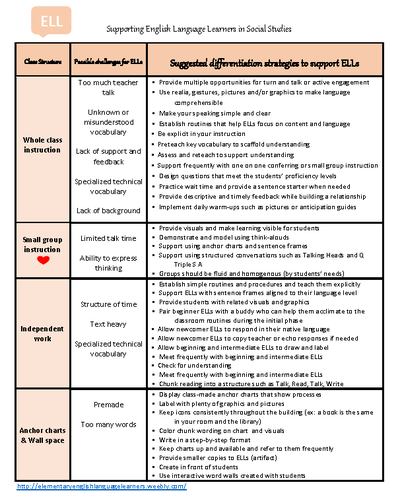
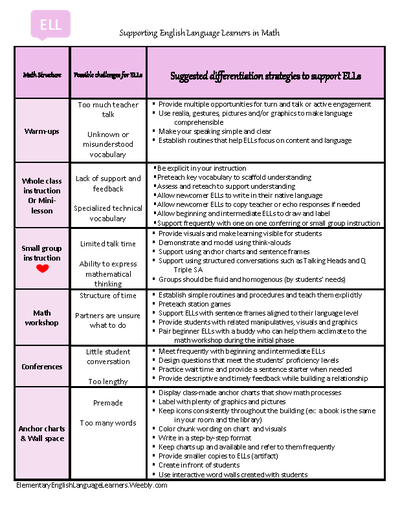
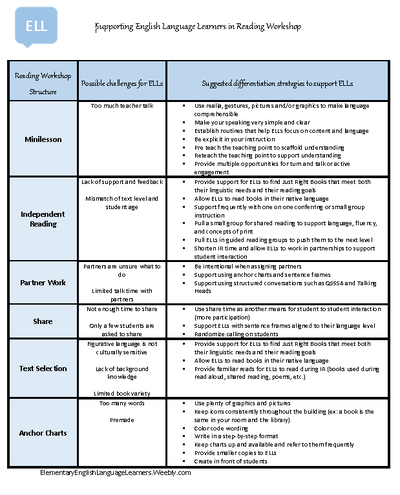


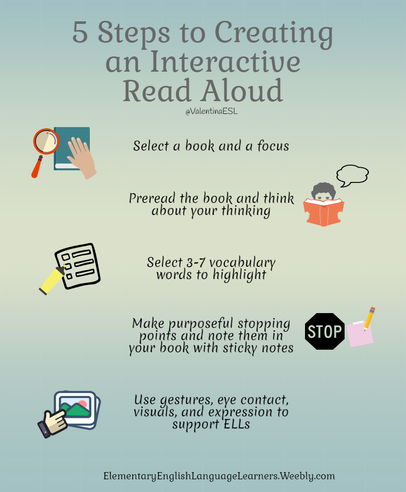
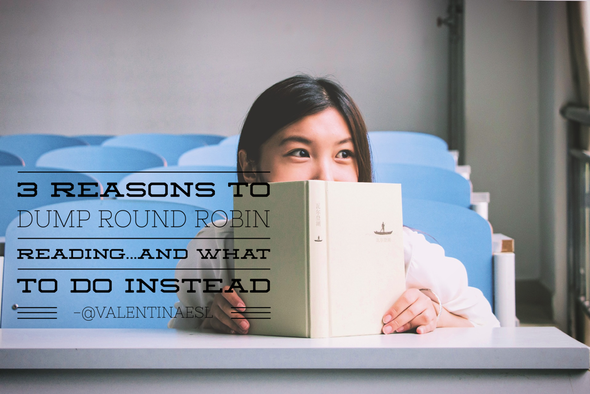
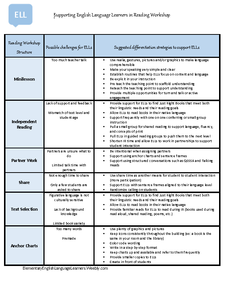
 RSS Feed
RSS Feed
